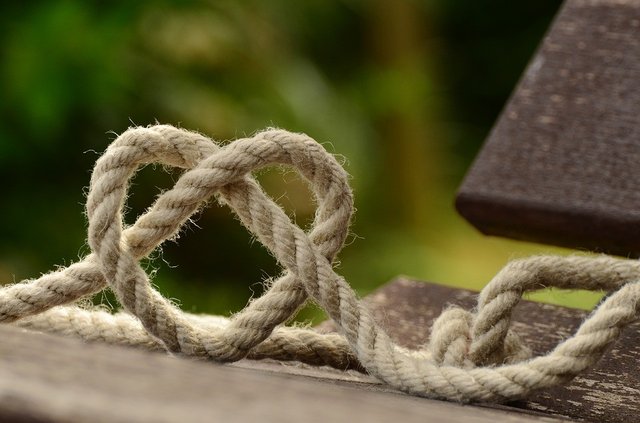
Tying my shoelaces is something I’ve done since a young age. No Velcro, no slippers. Just shoelaces that were waiting to be knotted. It’s something that I’ve not really given much thought. I may have even thought about knots as an art, but they are very much a science that can be analysed and understood. Knots can be found in many places, even within our own DNA. Understanding mechanical deformation through theory and experiments which explore the interaction of electromagnetic radiation through radiation pressure, the strength of a knot can be determined and visually represented.

// A Tough Knot //
Knots can be strong and weak and will unravel with varying forces, it’s been a little hard to determine the strength but reviewing the geometry of a knot, one is able to discern its strength. The concept of a knot is simple and has been around for many years. I remember learning how to tie various knots as I went through school, team building exercises and general life. Knots are of course a nuisance in some cases and I will never forgive the spaghetti entanglement that would befall my headphones on a long commute. Using colour-changing fibres it is possible to visually represent strain induced in certain locations when a knot is tied. If we simulate a knot using modelling software to analyse finite elements, scientists can determine if the colour changing fibres are an accurate measurement of strain loading. This is exactly what scientists did to confirm theory and evolved their predictive models into more complex knots to achieve greater strength.

// Strength and Direction //
Defining strength of a knot isn’t as clear cut as it might seem and there three main aspects to keep in mind. It was observed that the more fibres that crossed, the stronger a knot became. Direction of the twists are also influential where opposite directions counteract each other to enter a stable state, almost like a tug a war. Direction plays a further role in strength when adjacent strands move in opposite directions. It’s very much a push and pull affair to maintain the integrity of a knot. It’s worth remembering that no matter how well you tie a knot, strength must take into account the fibre type and one shouldn’t expect to be able to life a car using a few strands of straw!

// Simple Yet Useful //
Colour shifting fibres might be useful in teaching such concepts to children through visual representation when they learn to tie knots and it may even be useful as a safety mechanism to determine weak or poorly made knots. Poor knots during certain activities such as climbing or sailing can be fatal.